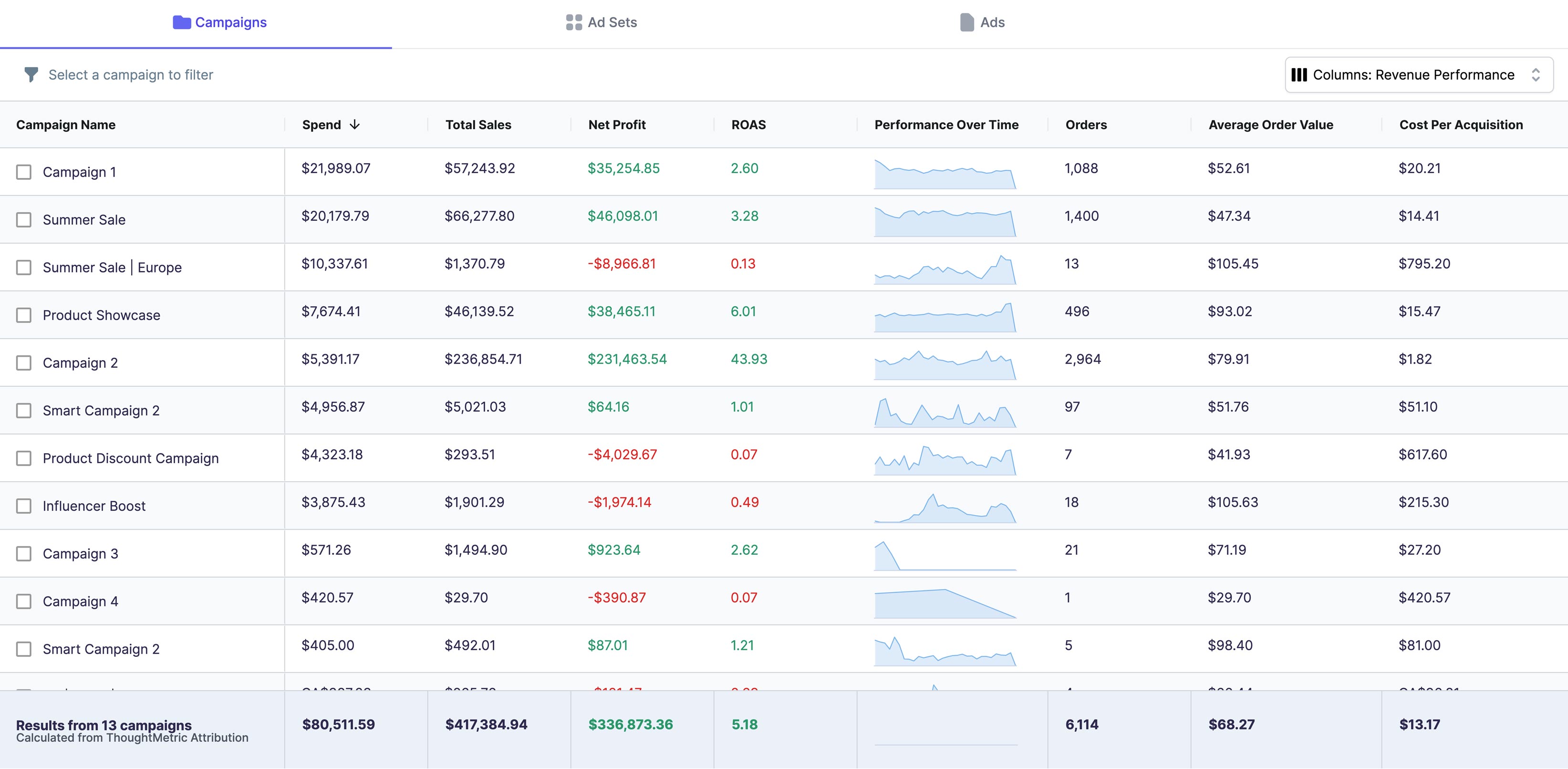If you're running ads on Google Ads, one of the most important metrics you need to track is your bounce rate. Bounce rate measures the percentage of users who visit your website and leave without taking any further action, such as clicking on another page or filling out a form. In this article, we'll explore what bounce rate is, why it matters for your Google Ads campaigns, and how to calculate and analyze your bounce rate data.
Understanding Bounce Rate in Google Ads
Definition of Bounce Rate
Bounce rate is defined as the percentage of single-page sessions, where users leave your website without interacting with it further. Simply put, if a user visits your website and then immediately clicks the back button or closes the tab, this is counted as a bounce. Bounce rate is calculated as the number of bounces divided by the number of sessions on your website.
Importance of Bounce Rate in Google Ads
Bounce rate is an important metric to consider when analyzing the effectiveness of your Google Ads campaigns. A high bounce rate can indicate that your ad targeting, ad copy, and landing page experience are not meeting the expectations of your users. This can lead to wasted ad spend and lower conversion rates. On the other hand, a low bounce rate means that users are engaging with your website and are more likely to take a desired action, such as making a purchase or filling out a form.
Factors Affecting Bounce Rate
There are several factors that can affect your bounce rate. These include:
- Page load speed
- Navigation and website structure
- Content relevance and quality
- Ad targeting and messaging
- Landing page design and user experience
Setting Up Google Ads for Bounce Rate Tracking
Linking Google Ads and Google Analytics
In order to track your bounce rate data in Google Ads, you need to link your Google Ads account with Google Analytics. Here's how to do it:
- Sign in to your Google Ads account and click on the Tools & Settings icon in the top right corner
- Select Linked accounts from the dropdown menu and then click on Google Analytics
- Choose the Analytics account and property you want to link with your Google Ads account and click on Continue
- Enable auto-tagging to ensure that your Google Ads data is accurately captured in Google Analytics
Creating Conversion Tracking in Google Ads
Another important step in tracking your bounce rate data is to set up conversion tracking in Google Ads. This allows you to track specific actions, such as form submissions or product purchases, that users take on your website after clicking on your ads. Here's how to create a conversion tracking tag:
- Sign in to your Google Ads account and click on the Tools & Settings icon in the top right corner
- Select Conversion tracking from the dropdown menu and then click on the plus button to create a new conversion action
- Choose the type of conversion you want to track and fill in the details, such as the conversion name and value
- Install the conversion tracking tag on your website or use Google Tag Manager to set it up
Setting Up Bounce Rate as a Custom Metric
Once you've linked your Google Ads account with Google Analytics and created conversion tracking, you can set up bounce rate as a custom metric in Google Ads. This allows you to view your bounce rate data directly within your Google Ads campaigns. Here's how to do it:
- In your Google Ads account, click on Campaigns and then choose the campaign you want to analyze
- Select the Columns dropdown menu and then click on Modify columns
- Choose Custom from the list of column types and then click on Bounce rate from the available metrics
- Click on Apply to save your custom settings and view your bounce rate data for that campaign
Analyzing Bounce Rate Data in Google Ads
Identifying High Bounce Rate Campaigns
Now that you have set up your bounce rate tracking, it's time to analyze your data and identify which campaigns are experiencing high bounce rates. This can help you pinpoint areas for improvement and optimize your campaigns for better performance. Here are some tips for identifying high bounce rate campaigns:
- Sort your campaigns by bounce rate to see which ones have the highest percentage of bounces
- Look for campaigns with low conversion rates and high bounce rates, as this can indicate a problem with your landing page experience
- Compare your bounce rate data across different devices, locations, and demographics to see if there are any patterns or trends
Evaluating Ad Performance Based on Bounce Rate
Bounce rate data can also help you evaluate the performance of your ads. By analyzing your bounce rate data alongside other metrics, such as click-through rate and conversion rate, you can get a better understanding of how your ads are resonating with your target audience. Here are some ways to evaluate your ad performance based on bounce rate:
- Compare the bounce rate of your ad groups to see which ones are driving the most engagement
- Identify which ad copy and messaging resonates best with your target audience by analyzing the bounce rate data for each ad variation
- Use A/B testing to experiment with different ad designs and landing pages to see which ones result in the lowest bounce rate and highest conversion rate
Segmenting Bounce Rate by Device, Location, and Demographics
Segmenting your bounce rate data can provide valuable insights into how different user groups are interacting with your website. By analyzing bounce rate data by device, location, and demographics, you can identify areas for improvement and better tailor your ad targeting and landing page experience. Here are some ways to segment your bounce rate data:
- Compare bounce rate data across desktop, mobile, and tablet devices to see if there are any differences in user behavior
- Look at bounce rate by location to see if there are certain regions where users are leaving your website more frequently
- Analyze bounce rate data by age, gender, and other demographics to gain a better understanding of your target audience
Strategies to Improve Bounce Rate in Google Ads
Optimizing Landing Pages for User Experience
One of the most important strategies for improving your bounce rate is to optimize your landing pages for a better user experience. Here are some tips for creating landing pages that reduce bounce rate:
- Make sure your landing pages are relevant to your ad copy and messaging
- Ensure that your landing pages load quickly and are mobile-friendly
- Use clear and concise headlines and subheadings to guide users through your content
- Incorporate visual elements, such as images and videos, to make your content more engaging
- Include clear calls-to-action that encourage users to take the desired action
Refining Ad Targeting and Keywords
Another way to improve your bounce rate is to refine your ad targeting and keywords. By targeting the right audience and using relevant keywords, you can attract users who are more likely to engage with your website. Here are some tips for refining your ad targeting and keywords:
- Use keyword research tools to identify high-performing keywords for your industry and niche
- Refine your ad targeting by adjusting your audience demographics, interests, and behaviors
- Use negative keywords to prevent your ads from showing up for irrelevant searches
- Experiment with different ad formats and messaging to see what resonates best with your target audience
A/B Testing Ad Copy and Landing Page Design
Finally, A/B testing can help you optimize your ad copy and landing page design for a better user experience. By testing different ad variations and landing page designs, you can identify which ones result in the lowest bounce rate and highest conversion rate. Here are some tips for conducting effective A/B tests:
- Test one variable at a time, such as ad copy or landing page layout, to isolate the impact of each change
- Run your tests for a sufficient length of time to gather statistically significant data
- Use A/B testing tools or Google Optimize to automate your tests and track your results
- Document your findings and use them to inform future ad and landing page optimizations
Conclusion
Bounce rate is a crucial metric to track if you're running ads on Google Ads. By understanding what bounce rate is, why it matters, and how to set up and analyze your bounce rate data, you can improve your ad performance and conversion rates. Whether you're optimizing your landing pages for a better user experience, refining your ad targeting and keywords, or conducting A/B tests to find the optimal ad variation, there are many strategies you can use to reduce your bounce rate and increase your ad ROI.





